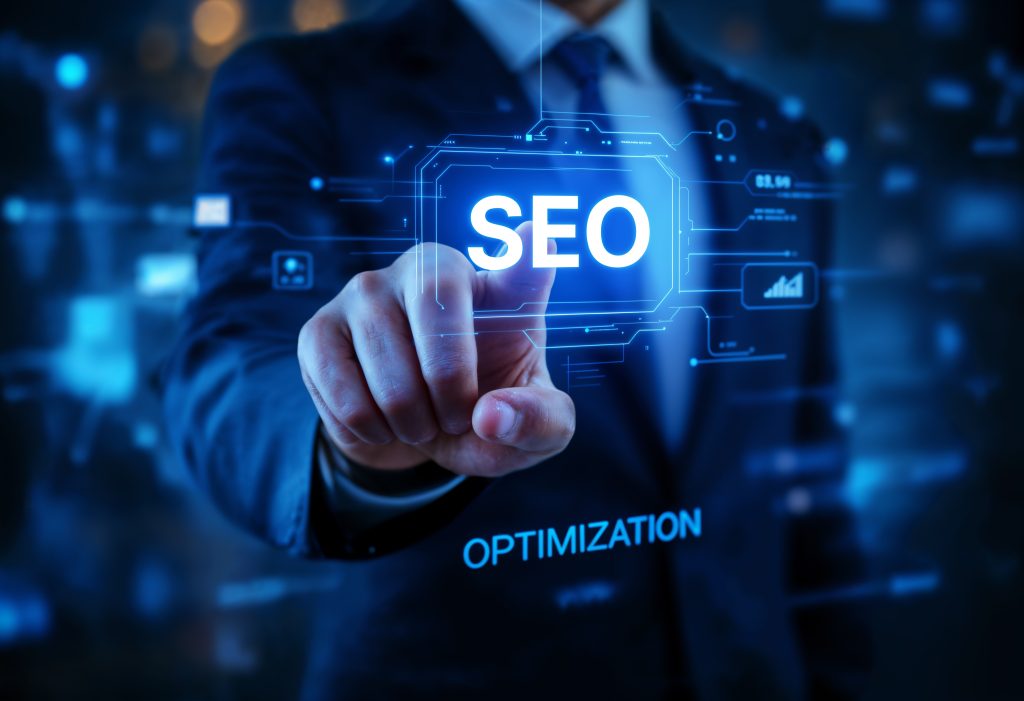Discover the ultimate guide to digital marketing in 2025. Learn essential strategies, top tools, and emerging trends to grow your online presence and boost business success, perfect for beginners and professionals alike.
Digital marketing is essential in today’s internet-driven world, helping businesses reach a global audience, increase brand awareness, generate leads, and boost sales effectively. Whether you’re a small business or a large corporation, having a strong digital presence is crucial for long-term success in the modern marketplace.
What is Digital Marketing?
Digital marketing refers to all online strategies and techniques used to promote products, services, or brands through digital channels like search engines, websites, social media, email, and mobile apps.
Importance of Digital Marketing in 2025
In 2025, It has become more crucial than ever for businesses and brands aiming to stay relevant and competitive. With more people connected online, buying habits,It offers powerful tools to reach the right audience, boost sales, and build lasting customer relationships. As technology continues to evolve, businesses that embrace digital strategies are better positioned to grow, adapt, and succeed in the fast-changing digital world.
Core Pillars of Digital Marketing

- Search Engine Optimization (SEO): is a powerful digital marketing strategy used to improve a website’s visibility on search engines like Google, Bing, and Yahoo. It involves optimizing content, keywords, meta tags, and website structure to rank higher in organic (non-paid) search results. SEO helps drive targeted traffic, increase brand awareness, and boost sales without paying for ads. For example, a blog about fitness that uses relevant keywords like “home workout tips” and “best exercises for beginners” can appear on the first page of Google when people search for those terms. Key SEO practices include keyword research, on-page optimization, mobile responsiveness, fast loading speed, and link building. By using SEO tools like Google Search Console or SEMrush, businesses can track performance and fine-tune their strategy. The major advantage of SEO is long-term traffic growth and cost-effective marketing. Whether you’re running a blog, e-commerce store, or service website, implementing SEO is essential to reach more customers and grow online.

2. Content marketing: is a strategic approach focused on creating and sharing valuable, relevant, and consistent content to attract and retain a clearly defined audience—and ultimately drive profitable customer action. Unlike traditional advertising, content marketing educates, entertains, or solves problems for your audience, building trust over time. Examples include blog posts, videos, podcasts, infographics, social media posts, and email newsletters. For instance, a skincare brand might publish blog articles like “Top 5 Tips for Glowing Skin” or create tutorials on Instagram to engage potential customers. The main advantages of content marketing are increased brand awareness, improved SEO rankings, higher conversion rates, and long-term audience loyalty. To use content marketing effectively, businesses should understand their audience, create high-quality and optimized content regularly, promote it through the right channels, and measure performance using tools like Google Analytics. In today’s digital age, content marketing is essential for building authority, trust, and long-term success online.

3. Social Media Marketing: Social Media Marketing (SMM) is the use of social media platforms like Facebook, Instagram, Twitter (X), LinkedIn, and TikTok to promote products, services, or brands, and engage directly with audiences. It involves creating and sharing valuable content, running paid ads, and building communities to drive traffic, sales, and brand awareness. For example, a fashion brand can showcase new collections on Instagram Stories, run Facebook ads to target potential buyers, or use TikTok trends to reach younger audiences. The main advantages of social media marketing include cost-effective advertising, real-time customer engagement, increased website traffic, improved brand visibility, and stronger customer loyalty. To use social media marketing effectively, businesses should define their target audience, choose the right platforms, create consistent and engaging content, leverage analytics to measure results, and interact with followers to build trust. With billions of active users worldwide, social media marketing is one of the most powerful tools for growing a business in the digital age.

4. Email marketing is a powerful digital marketing strategy that uses targeted emails to connect with potential and existing customers, promote products or services, and build lasting relationships. It goes beyond sending random messages by delivering personalized, valuable, and relevant content directly to a subscriber’s inbox. For example, an e-commerce store can send welcome emails to new subscribers, weekly newsletters with product updates, or special discount offers to loyal customers. The main advantages of email marketing include cost-effectiveness, direct communication, higher ROI compared to other channels, audience segmentation, and the ability to nurture leads over time. To use email marketing effectively, businesses should grow a subscriber list, create engaging subject lines, segment audiences based on interests, and use automation tools like Mailchimp or ConvertKit to send timely campaigns. By tracking open rates, click-through rates, and conversions, marketers can continuously improve performance. With billions of email users worldwide, email marketing remains one of the most reliable ways to increase sales, build trust, and grow a brand online. Read More

5. Affiliate marketing is a popular online business model where individuals or businesses earn commissions by promoting other companies’ products or services. It works on a simple performance-based system—affiliates share a unique referral link, and they earn money whenever someone makes a purchase through that link. For example, a blogger writing about fitness could recommend workout equipment on Amazon and earn a commission for every sale generated. The advantages of affiliate marketing include low startup costs, passive income opportunities, flexibility to work from anywhere, and access to a wide range of products across industries. Businesses also benefit because they only pay for actual sales or leads, making it cost-effective. To use affiliate marketing effectively, beginners should choose a niche they are passionate about, join affiliate programs like Amazon Associates, ClickBank, or ShareASale, create high-quality content such as blog posts, YouTube reviews, or social media promotions, and optimize it with SEO to reach a larger audience. With consistency and the right strategies, affiliate marketing can become a reliable source of income and business growth in 2025. Read More

